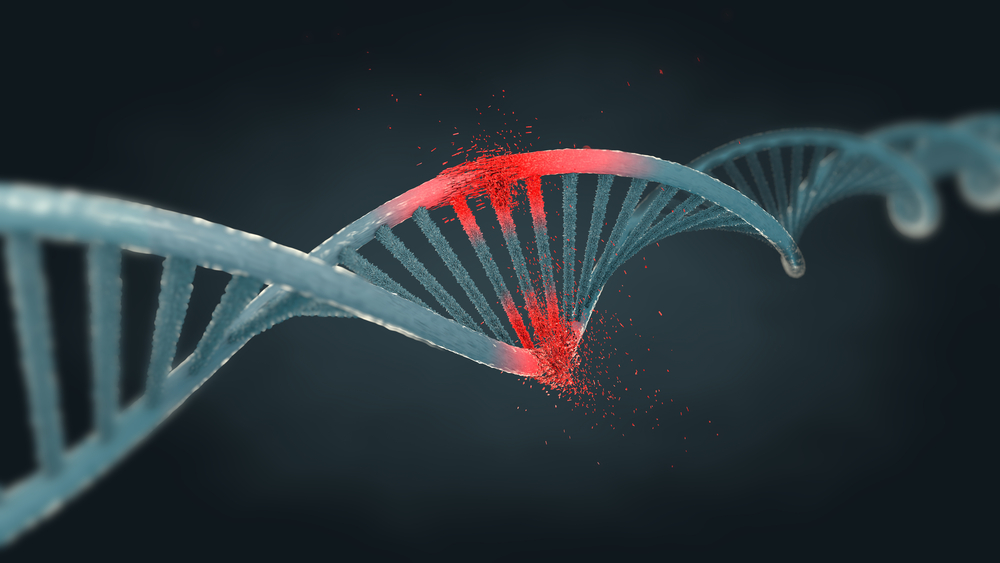Human DNA is the blueprint for each and every one of us. This complex entity never ceases to amaze. According to new scientific research, DNA could one day be used to hack software programs. That may sound strange and scary at the same time, and it is both. This represents a major leap forward for science and technology, albeit one with major ramifications. Like it or not, biological malware appears to be the new frontier.
Hacking Computers With Human DNA is the New Thing
According to recent scientific research, human DNA can be used to take advantage of computer systems. Being able to access a computer using another person’s DNA sample would be a major breakthrough in the first place. Controlling said computer remotely would be something else entirely. There are many such opportunities just waiting to be explored, some of which are quite scary to consider.
Biological malware is not something most people would automatically associate with hacking software. There has been some evidence of biological warfare in the past, mainly in the form of controlled disease distribution and the like. Using biological malware to take control of computer systems and servers is something new entirely.
Scientists at the University of Washington at Seattle created what they believe to be the world’s first DNA-based exploit of a computer system. The team encoded malicious software into a short strand of DNA purchased online. (Yes, you can buy DNA samples online. These purchases are completely legitimate and everything is properly regulated.)
Once the malicious software was encoded in the DNA strain, researchers were able to gain administrator access to a computer which then attempted to process the genetic data sample. This required that the computer in question was running a DNA sequencing machine in the first place, which is not something most consumer-grade hardware is equipped with. The world is only now learning to use fingerprint readers, let alone DNA sequencing machines, in a convenient manner. That will not become easy overnight.
Even though this experiment hinges on many requirements, it goes to show cybercriminals could one day use very different tactics to access computers and servers. Using faked blood or saliva samples would give them virtually unrestricted access to information, software samples, or even forensic information stored by law enforcement agencies. That would be quite catastrophic, considering the vast majority of companies cannot even handle regular software-based hacks these days.
Right now, DNA is not a security risk. This test was only successful because the researchers were able to create a “perfect scenario” to improve their chance of success. They even had to disable most security features and introduce a vulnerability to a bioinformatics program. Despite all of these requirements, it is not unlikely criminals will one day be able to successfully bypass those safeguards. It will be interesting to see how biological warfare affects our society as a whole in the future.

